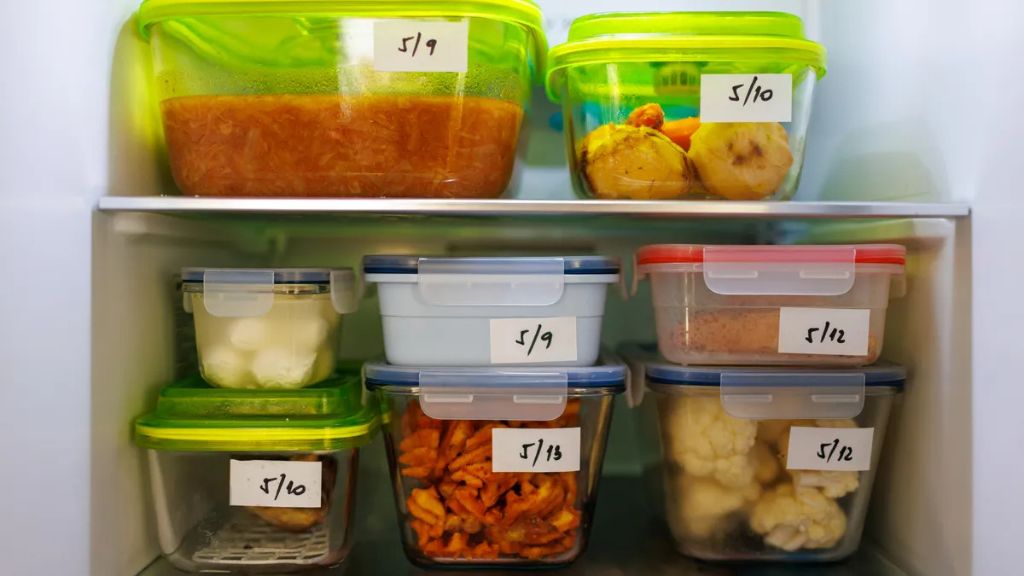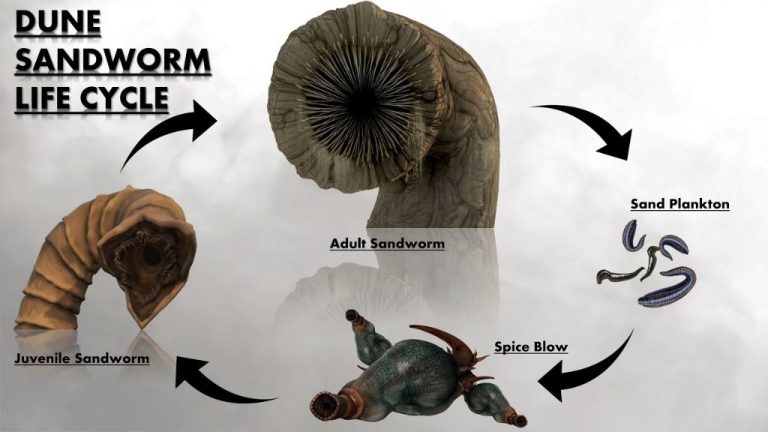How Long Can Beeswax Be Kept?
Beeswax is a natural wax produced by honey bees. It is secreted from special glands on the bees’ abdomens and used by bees in the construction of their honeycombs. Some of the main uses of beeswax for humans include candle making, cosmetics, encaustic painting, waxing thread for sewing, and as a food additive and coating.
The shelf life of beeswax matters because if stored improperly or for too long, beeswax can lose its beneficial properties and spoil. Beeswax has a long shelf life compared to other natural waxes, but maximizing its freshness and storability allows beekeepers, crafters, and consumers to fully benefit from its versatile uses. Understanding proper storage and signs of spoilage enables users to keep beeswax in optimal condition.
What is Beeswax?
Beeswax is a natural wax produced by honey bees in their hive. Worker bees secrete beeswax from glands on their abdomen and use it to construct the honeycomb where honey and pupae are raised. Beeswax has a wide variety of uses, making it an important product from beehives.
Some of the most common uses of beeswax include:
- Candles – Beeswax is commonly used to make candles. It burns cleanly and emits a bright light (https://bestbees.com/2022/11/30/uses-for-beeswax/).
- Cosmetics – Beeswax is used as an emollient in lip balms, lotions, creams and more. It helps protect skin and add moisture (https://www.quora.com/What-is-the-most-common-use-of-beeswax-in-your-parts-of-the-world).
- Artisan Crafts – Beeswax is molded and shaped into artisan goods like ornaments, figurines, jewelry, and more.
With its unique properties, beeswax is one of the most versatile natural waxes available. It plays an integral role both in the beehive and in many human applications.
Factors Affecting Shelf Life

There are several key factors that impact how long beeswax can be kept before it goes bad:
Storage conditions like temperature and humidity play a big role. Beeswax should be kept in a cool, dark place. Temperature fluctuations and excess humidity can cause beeswax to degrade faster. One study found that storing beeswax at 20°C versus 30°C doubled the shelf life from 12 months to 24 months (Al-Shehri, 2022).
The processing method and purity of the beeswax also affects shelf life. Unfiltered beeswax with impurities like honey, propolis and pollen will have a shorter shelf life. Well-filtered and refined beeswax lasts longer. Wax that is organic and unprocessed won’t keep as long as commercially processed wax (Eshetu et al., 2019).
Proper packaging and storage containers are important. Beeswax should be kept in airtight, food-grade plastic, glass or metal containers. Exposure to air causes beeswax to oxidize faster. Storing in bulk versus smaller packages also impacts shelf life.
Maximizing Shelf Life
There are a few key steps you can take to extend the shelf life of beeswax as long as possible:
Store in a cool, dark place – Beeswax should be kept in a dark, cool area like a cupboard or pantry. Light, heat, and humidity can all cause beeswax to break down more quickly. According to one source, storing beeswax in the refrigerator can help prolong its shelf life (source).
Use food-grade containers – Storing beeswax in airtight, food-grade containers helps protect it from contaminants, light, and humidity. Glass jars or metal tins work well. Plastic can absorb some of the beeswax over time so glass or metal is preferred (source).
Filtering improves purity – Filtering beeswax through a fine mesh cloth or filter can remove impurities and debris that could shorten its shelf life. Pure, filtered beeswax tends to last longer. Pouring melted beeswax through a coffee filter or cheesecloth will help purify it (source).
Signs of Spoilage
There are several signs that indicate beeswax has spoiled and should be discarded. The most notable signs are:
Discoloration
Fresh beeswax should have a bright, golden yellow color. As it ages and oxidizes, beeswax will darken over time, eventually turning brown or even black. A dark, brownish discoloration is a clear sign the wax has spoiled.1
Strange Odor
Beeswax has a mild, honey-like scent when fresh. Rancid beeswax will have a unpleasant, strong odor reminiscent of paint, crayons, or burnt plastic.2 This happens as the wax oxidizes and chemical compounds break down over time.
Mold Growth
The presence of fuzzy mold on the surface of beeswax is a sure sign of spoilage. Mold thrives in the moist, sugary environment of beeswax. If any mold is visible, the beeswax should not be used.
Precautions
Proper precautions need to be taken when storing beeswax to prevent spoilage and contamination. According to https://storables.com/articles/how-to-store-beeswax/, beeswax should be kept away from moisture and excess heat, as exposure to these conditions can cause the wax to degrade faster. It’s important to store beeswax in a cool, dry area like a cupboard or pantry. Direct sunlight and humid environments should be avoided.
It’s also advised to use clean utensils when handling beeswax, as introduced contaminants can lead to mold growth. Any containers, wraps, or molds used for shaping beeswax should be washed thoroughly before use. Periodically check stored beeswax for any signs of spoilage like mold, an off smell, or a change in color or texture. Taking proper precautions allows for safe, long-term storage.
Shelf Life by Use
Beeswax has many different applications, and its shelf life can vary depending on how it is used:
Candles: 1-2 years or more. Beeswax candles can last for years if stored properly. The shelf life depends on the purity of the wax, wick quality, and storage conditions. Well-made 100% beeswax candles may last indefinitely. However, most conservatively have a shelf life of 1-2 years before quality degradation occurs (Source).
Cosmetics: 6 months to 1 year. Beeswax is commonly used in lip balms, lotions, creams, and other cosmetics. The shelf life is shorter than candles due to ingredient separation and the growth of bacteria. Properly formulated cosmetics containing beeswax generally last 6-12 months (Source).
Raw beeswax: Indefinitely if stored properly. Raw beeswax blocks or pellets can last for many years if kept cool, dry, and sealed. Beeswax does not go bad in the same way food products do. With ideal storage conditions, raw beeswax has an indefinite shelf life (Source).
Storing for Maximum Freshness
If you want your beeswax to maintain its quality and freshness for as long as possible, follow these tips for storage:
Freeze if storing over 1 year
Freezing beeswax is recommended if you won’t be using it within a year. The cold temperature keeps beeswax from oxidizing and absorbing odors. Simply wrap your beeswax blocks in plastic wrap or place in zip top bags, then store in the freezer. Thaw at room temp before use.
Consider vacuum sealing
Vacuum sealing beeswax blocks or chunks in bags removes oxygen and protects against moisture, dust, and odors during storage. This helps extend shelf life. You can use a home vacuum sealer machine or simply compress the wax in a zip top bag to remove air before sealing.
Small batches better than bulk
Storing beeswax in smaller amounts rather than one large block gives you better control over freshness. Only thaw or open what you’ll use within a few months, keeping the rest frozen. Smaller pieces also make it easier to spot any mold growth.
When in Doubt, Toss it Out
Beeswax can last for many years if properly stored, but it does have a limited shelf life. According to this source, beeswax can develop an off-white “bloom” if exposed to air for an extended period. The shelf life decreases after the container is opened.
Watch for signs of spoilage in beeswax such as discoloration, crystallization, odor changes or the growth of mold. This source recommends not using beeswax if it has any discoloration or odd smell. When in doubt about the quality or freshness of beeswax, it is best to discard it and start fresh.
Conclusion
Properly stored beeswax can have an indefinite shelf life. The ideal storage conditions are to keep the beeswax in an airtight, sealed container in a cool, dark place. It’s important to check periodically for any signs of spoilage like mold, an odor, weeping oil, or texture changes. With the proper precautions, beeswax can be stored for many years. The key factors are keeping it sealed from air and moisture, away from light and heat. Monitoring its condition and discarding if any issues arise allows for nearly unlimited storage.
When using beeswax for crafts, cosmetics, food wraps, and other applications, the shelf life will vary. But the raw beeswax itself can be kept fresh for future use by following the storage guidelines outlined here. With the proper conditions, beeswax is one of the most durable and long-lasting natural products available.




